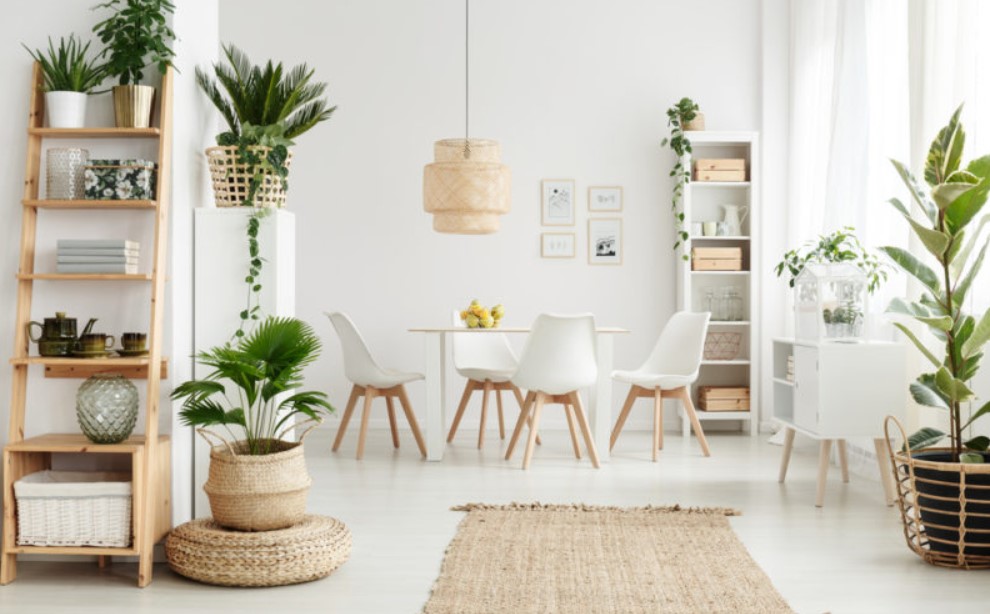
Whether owning, renting, or leasing the place, indoor plants can significantly transform a room and improve general well-being. Adding some greenery to the house is a trend with commercial and residential houses. This read will teach us more about the elements and how to use them for interior design.
Indoor Plants for Interior Decor
Unlike what the name suggests, there are no specific plants that grow indoors. When discussing indoor plants, we refer to the greenery that can do well in in-room conditions. Still, the setting differs from house to house and will determine the type of greenery you integrate into an interior decor.
Indoor plants have two most popular uses. One is for beautification, and the other is for general well-being. Apart from enhancing a room’s aesthetic appeal, it improves its atmosphere.
As indoor plants are growing more popular with people from different backgrounds and societies, folks are exploring new ways of integrating them into their home interiors. Traditionally, individuals would integrate small plants and limit themselves with areas of placement. Nowadays, there are versatile options like the parlor palm, popularly known as bamboo plant that can have a significant impact in any room in a house.
Here are some factors to consider when selecting suitable greenery for a room.
The Existing Interior Decor
For a stylish design, indoor plant selection needs to consider the existing interior decor to ensure you choose elements that will fit into the layout and complement the design.
Plants with large and abnormal foliage can fit in a rustic interior theme. It combines well with wooden furniture and brightly colored cushions. However, the more conventional designs use sculptural plants and textural vegetation, maintaining their simplistic outlook.
Plant’s Benefits
Before settling on an indoor plant to buy, consider its health benefits and purpose for using it. Research shows that the elements can improve mental health by aiding with relaxation in a room. Still, some will aid with air purification by filtering dust and other particles from the floor or environment.
Indoor plants improve the air you breathe in a room, so we feel refreshed when spending time with nature.
The Room Conditions
An indoor plant’s performance largely depends on the room conditions you expose it to and is a vital factor to consider before purchasing it. Those with extensive leaves do not require much sunlight in their photosynthesis process and will do well in poorly lit areas.
Tropical plants require bright light as they grow in such conditions and can do well near open windows or where they can access sunlight.
Care and Maintenance
Integrating indoor plants shouldn’t cause you a headache by necessitating you to take lots of time daily to care for them. The standard watering requirement is once twice weekly, while others take longer before you can eat them. Getting all information on indoor plant care and maintenance is essential to ensure you are doing the right thing.
Final Word
The ideal plant should cope with limited exposure to light, temperature changes, and other external factors. It would be best to seek skilled personnel to help with indoor plant selection and integration for the best outcome.
